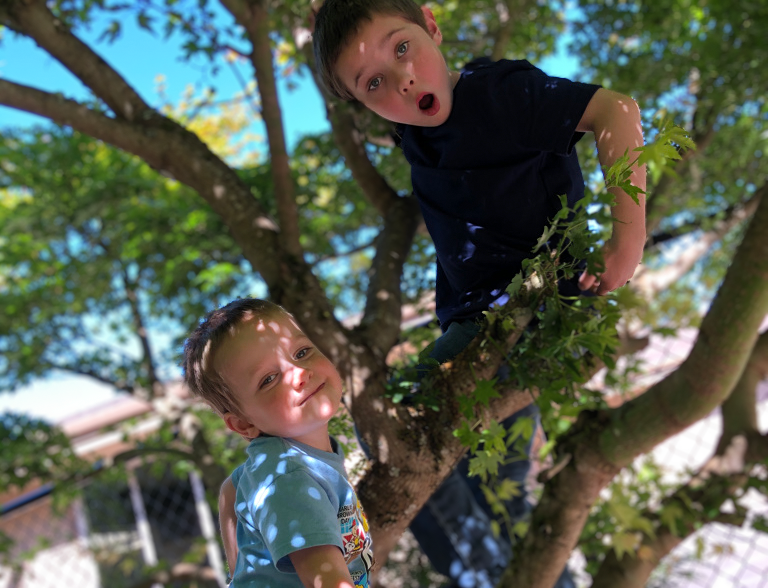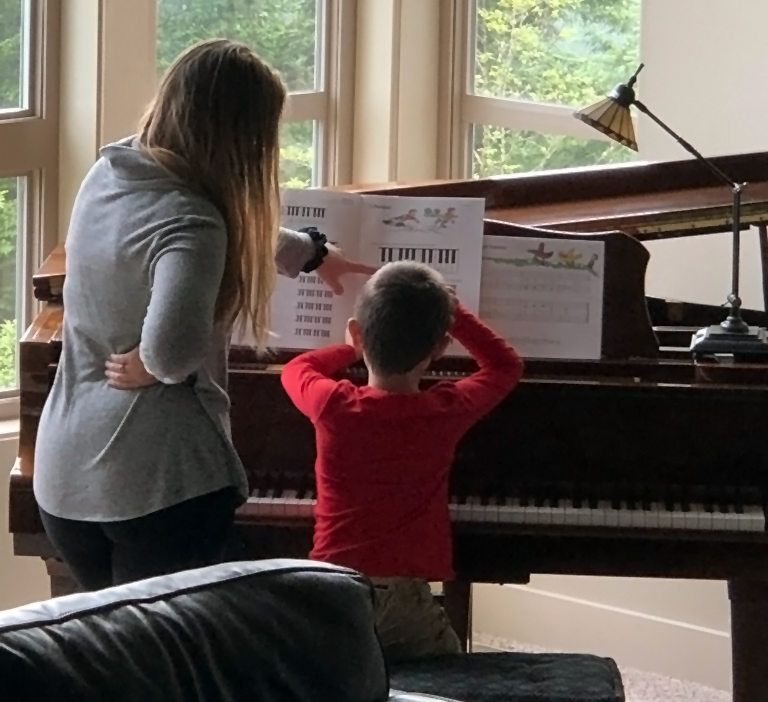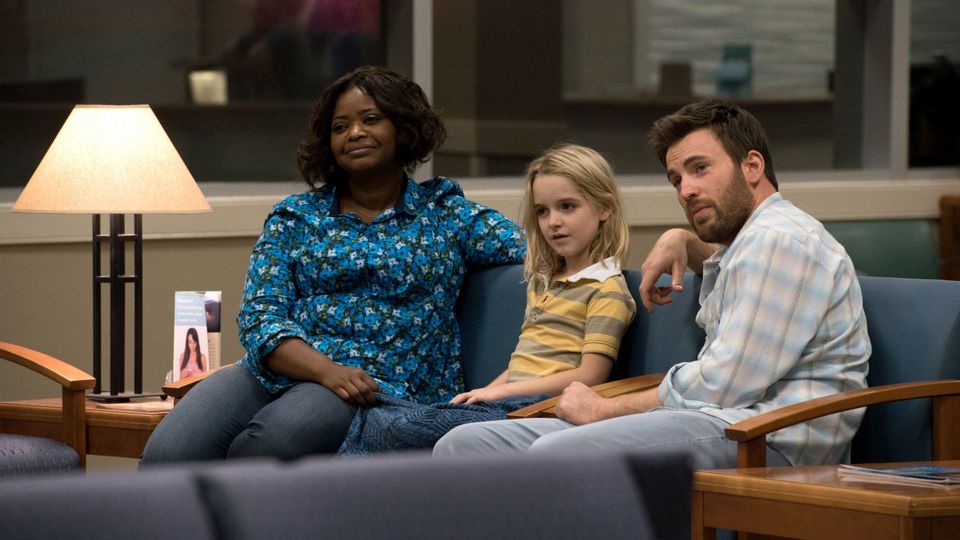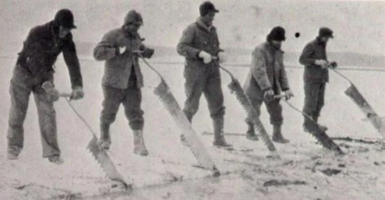Charlotte Mason Homeschooling: Is This Time-Honored Style Still Relevant?
Everything you need to know about the long-standing liberal teaching of the Charlotte Mason homeschooling technique.

More and more parents across the country are looking to pull kids out of public schools and give homeschooling a try. It’s a huge piece of what we covered in our Ultimate Guide to Homeschooling. A name that will pop up often in looking for new info will be be Charlotte Mason homeschooling. With the United States’ continuous setbacks within education and different views on how schools should be run, homeschooling looks to be a better alternative for many families. But with countless methods of teaching, how do families choose a curriculum best suited for them?
Maybe you want to give Waldorf homeschooling a try? Could be that freedom is what you prefer and the Ron Paul libertarian homeschool curriculum has the goods. While we have plenty of resources to get parents started down the homeschooling path, the focus of this article shines a light on a long-standing homeschool method known as the Charlotte Mason Homeschooling method. There’s a reason this has been a time-honored choice for parents over the years.
Who is Charlotte Mason?
To understand this method of homeschooling, it’s first important to know the woman behind the teaching method, Charlotte Mason. Born in 1842, Mason was a British educator during the turn of the century. At a time when English children were still educated according to their social class, Charlotte Mason envisioned a teaching curriculum that ignored social constructs with a liberal tone.
During her time as a teacher, Mason witnessed a great barrier in the education received by children. Whereas the wealthiest were taught fine arts and literature, the poorer kept to trade skills. Charlotte’s envisionment suggested that every child must be educated as a “whole” person, not just focusing on the mind. Her lectures, which were widely received, helped paved the way for modern teaching structures in society.
Charlotte Mason Homeschool Mottos

The Charlotte Mason Homeschooling method follows key mottos iterated by the educator. Publishing numerous collections of writings during her life, Mason published work under the titles Parents and Children, School Education, Ourselves, Formation of Character, and A Philosophy of Education. Of her most famous teaching, two key mottos govern the homeschooling method.
The first: “Education is an atmosphere, a discipline, a life,” lays the foundation for the Charlotte Mason homeschooling method. By “atmosphere”, Mason referred to the surrounding in which the children grow and learn, as children tend to absorb information from their home environment the most. By “discipline”, Charlotte intended on good habits. And the third aspect in the motto that accounts for a child’s educational experience, “life” applies to the academic aspect. Mason was an ardent believer that living thoughts (which we will broach later), not simply dry facts help children learn the best.
Charlotte Mason’s second homeschooling motto was: “Education is the science of relations,” which is broader to the liberal education method. According to Mason, this governing motto is meant to guide our thinking about how we should create an educational curriculum for children. Mason believed every child is born with a god-given right to form relationships with all kinds of knowledge, not just a particular skill set.
The Learning Format

Much of the Charlotte Mason Homeschooling method focuses the education around living books. Living books tend to be anything classified as well-written, engaging, and inviting. Mason believed that children tend to learn better through such literature, as factual textbooks tend to lose children’s attention. This format asks students to retell, or narrate what they learned from their readings.
With a focus on reading, the Charlotte Mason Homeschooling method implements narration, which consists of the child re-telling the book, and copy work, which covers transcribing a piece of literature as handwriting practice. Similarly, parents that follow Mason’s education plan teach other aspects through nature journals, along with the study of music, art, and poetry.
Nature, not necessarily a focal point in public schools, is a big factor in Charlotte Mason homeschooling. At one time, Mason recommended children explore the great outdoors at the very least one half-day during the school week. Children, especially the younger ones, find it much easier to learn science if they have established a personal connection with nature.
From almost this perspective along, the Charlotte Mason method differs from traditional public schools because of this focus. Encouraging students and children to get up and get outside, with the idea around narrating the natural world simply isn’t something we find often within the bounds of traditional education. Where a modern school day involves hours (and hours and hours) of instructional time at desks indoors, Charlotte Mason wanted quite the opposite to happen with learners. Even if taking aspects of the Charlotte Mason approach, this is something some parents will work into their homeschool plans.

With an added focus on music, the Charlotte Mason homeschooling method covers composer appreciation, singing lessons, along with instrument studies. To appreciate famous composers, Mason suggests sticking to one composer at a time by playing his or her music around the house for several weeks. Without being too elaborate, simply letting the child know which composers work they are listening to can cultivate appreciation. Similarly, the method suggests that children should sing a few times throughout the school week.
The key here is to encourage singing, even if you, or the child, may or may not be completely tone-deaf. Mason herself suggested cultivating an appreciation for singing through Hymn study. And while she often taught piano lessons as an educator, her methods encourage parents to make sure instrument lessons of any kind included three aspects: music theory, ear training, and a simple instruction on the instrument itself.
As for the arts, Charlotte Mason’s homeschooling methods suggest procuring children’s appreciation for art through a method called picture study. In just ten or fifteen minutes a week, parents can easily implement the study of art into any child’s school curriculum. This method suggests picking a famous artist to focus on for twelve weeks before moving on to another. This should give children a better understanding of various artists’ styles and ideas.
Charlotte Mason homeschooling also covers a subject most public schools have leaned away from, handicrafts. However, handicrafts train the eye and hand, produce better eye-hand coordination, dexterity, neatness, and encourage productivity. All of these formats, tied into traditional learning methods help to better cultivate the children’s overall experience through homeschooling.
Support Groups and Resources

As if homeschooling itself wasn’t already a large undertaking for any parent, implementing Charlotte Mason’s homeschooling methods may seem tedious at first. However, there are plenty of resources and even support groups to facilitate parents into the method. Through Charlotte Mason Together Groups, homeschool parents can dive deeper into the teachings of Mason. They offer monthly educational meetings, weekly co-op groups, nature study days, and plenty more activities and information.
Similarly, an annual Charlotte Method retreat is held every year to bring parents that teach the Charlotte Mason homeschooling method together in one place. During the retreat, parents receive in-depth educational sessions. Furthermore, there are countless training resources available that cover all aspects of the in-depth methods of teaching.
Is Charlotte Mason Homeschool Religious?
There has often been a connection between Charlotte Mason homeschool and the religious community of homeschoolers, though it’s worth noting that this wasn’t exactly because of design. Charlotte Mason was, herself, a Christian and because of that, various religious beliefs did work their way into the curriculum. And additionally, some of the earliest homeschooling families were doing so because of religious beliefs, making the Charlotte Mason method a go-to choice. Because of this, the two have run somewhat in parallel.
But at its core, open need not be religious, or specifically Christian in order to participate in this homeschooling method. Again, there are overlaps on the proverbial Venn Diagram, but not ones that are critical to employing the curriculum if the rest of it lines up.
How Much Is The Charlotte Mason Curriculum?
This answer varies depending on the source. On a base level, much of what is used in the Charlotte Mason homeschool curriculum can be found via online sources that are free. With a little time and patience, there are ways to implement this curriculum relatively free of charge. But if looking for a boxed curriculum that is turnkey and easy to implement, there can be some costs associated with that. A variety of companies have created this curriculum and it can run between $150 to $300 a year depending on who you use.
Cons To Charlotte Mason Homeschooling
While Charlotte Mason homeschooling curriculum will offer many things parents are looking for, there are some downsides depending on a number of different factors. For starters, there isn’t as much of an emphasis on math, something that could turn off homeschool families right from the jump. This isn’t to say it isn’t incorporated at all, but rather it is far from a primary focus and isn’t given nearly the same time as reading.
Additionally, the extended outdoor and nature time prioritized in the teachings can be a turn-off in inclement weather or different conditions. This is definitely worth noting early on.
Final Thoughts
Charlotte Mason homeschooling is one of the longest-running forms of curriculum in this space and has been used by thousands and thousands of families over the years. There is definitely a reason it has staying power in this space. While it might not be perfect for every family, there are almost definitely elements that will appeal to those looking for an alternative approach to public schools.



